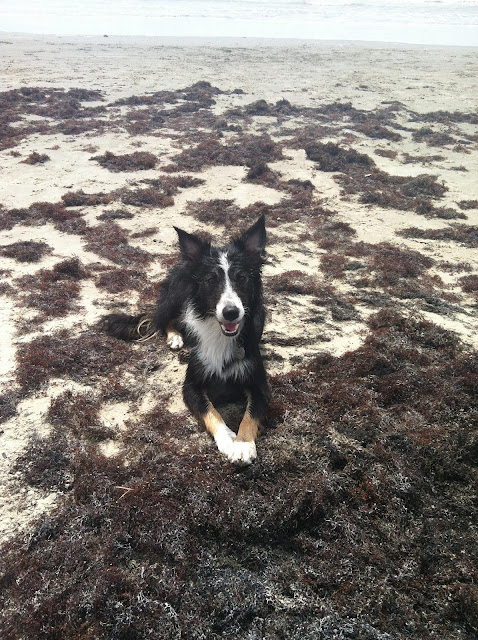For those of you who have dogs who gets stressed out or worried about things, we have to remember to keep a dog under threshold at all times as well as stay aware of what the triggers are for that individual dog. As triggers stack up on top of each other the tolerance is lowered and we climb closer to the threshold until we're over it and are then faced with a reactive or frightened dog. We have two responses, fight or flight. Many dogs will chose flight but if this isn't an option, what do they do? You guessed it. Fight. Now, this doesn't necessarily mean a dog is going to begin fighting but they may lash out by barking, lunging, growling, snapping the air and sometimes redirected their frustration on the nearest object. This could even include you, and this is why it's crucial for us to keep the dog under threshold during training. This keeps everyone safe and allows for a much more pleasant experience.
Keeping a dog below threshold is quite an easy task if you know how to play your cards right. Whatever triggers the dog should be far enough away or quiet enough or just noticeable enough that the dog is still able to feel relaxed and concentrate on you. You then pair with treats or toys, whatever is incredibly pleasant for the dog and then slowly build up the tolerance level. Counter conditioning takes time and patience on your part and it won't go quickly or get resolved in a flash, but by taking the time and allowing the dog to move at a pace that is comfortable for them, you are ensuring a reliable response and a dog that will likely not regress in the future. Will this always work and change the dog's view 100%? Absolutely not. Each dog is different but what matters is to understand your dogs' triggers, keep an eye on the body language and know when your dog needs to be removed and have a moment to recollect.
"Patience is bitter, but its fruit is sweet." -Jean-Jacques Rousseau
The world is a scary place for our dogs and it's up to us to help them understand and make them feel safe. Dogs don't always view our world the way we do and it's important to understand and accept that they are different. Know your dog, learn how they view the world and you'll have a much better relationship with them. Your dog will thank you for it!

No comments:
Post a Comment